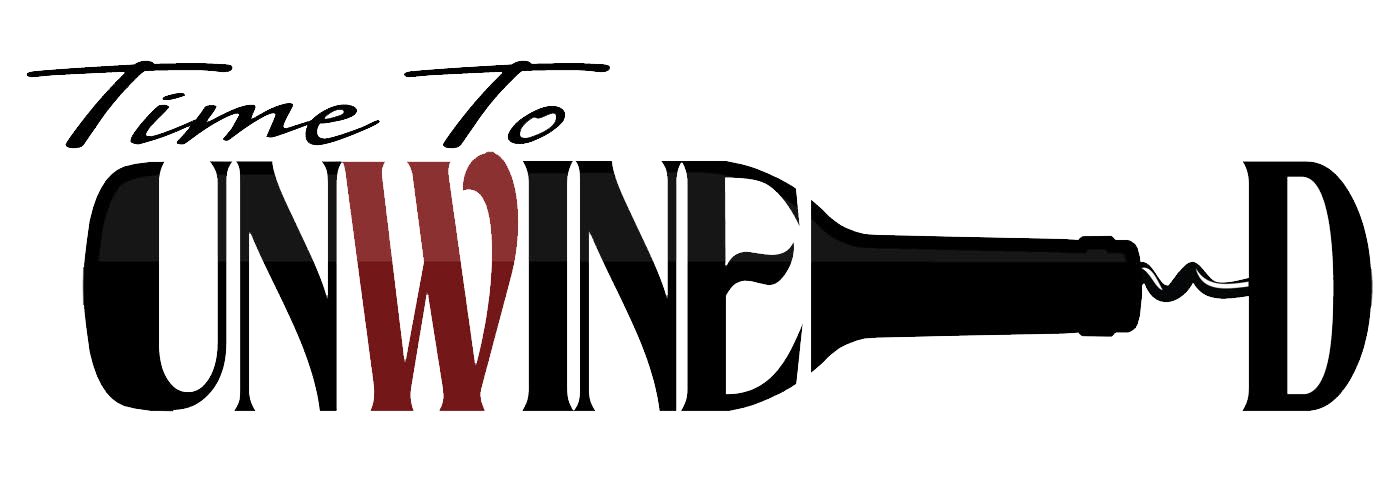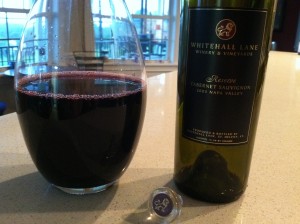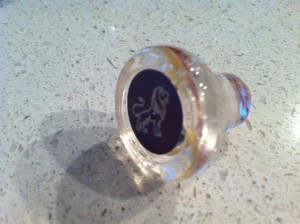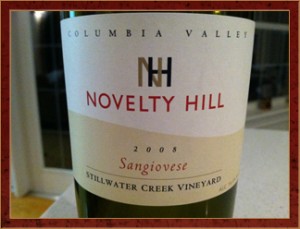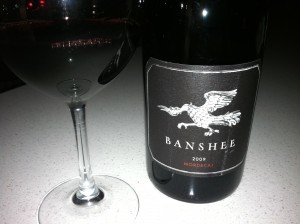South Styria
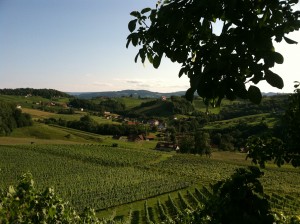 I returned this week from a wonderful wine adventure in Austria. There are so many memories to share, but I’ll start with a simple overview of the first area I visited.
I returned this week from a wonderful wine adventure in Austria. There are so many memories to share, but I’ll start with a simple overview of the first area I visited.
We spent the majority of our time in the southern part of Styria, a land of beautiful rolling hills graced with a plethora of vineyards, about 2,300 hectares worth! This area is often referred to as the “Tuscany of Austria”, and I can understand why. The people here are friendly, the views are magnificent and the wines are lovely.
The main varieties in this region are:
Welshriesling – not a true Riesling, the name translates as “foreign Riesling”. This varietal makes fragrant, high acid, straightforward wines.
Sauvignon Blanc – also known here as Muskat-Sylvaner and also often called simply Sauvignon. This varietal makes some very lovely wines in South Styria, often with nice smoky and grassy nuances. 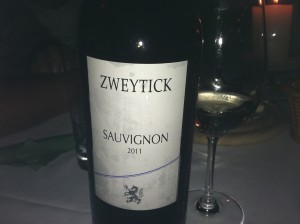
Weißburgunder (Pinot Blanc) – makes some good quality wines that are often big-bodied.
Chardonnay (known here as Morillon) – This varietal does very well in this region, often making elegant wines. They are often aged in oak.
Traminer (also know as Gewürztraminer) – South Styria has some exceptional examples of this wine, often full-bodied and very expressive.
Muskateller – the same as the French Muscat Blanc a Petits Grains, and is locally know as Gelber Muskateller. This fun and fragrant varietal is a specialty of the region, and can be found on virtually every wine list. Its wines are especially pleasant as an aperitif!
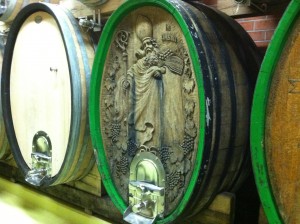 Some of my favorite wineries visited in this region include Zweytick and Gross. We also had a fun tasting at Schilhan. I’ll elaborate more on these wineries in a future blog, as they deserve much more attention than they’re receiving here.
Some of my favorite wineries visited in this region include Zweytick and Gross. We also had a fun tasting at Schilhan. I’ll elaborate more on these wineries in a future blog, as they deserve much more attention than they’re receiving here. 
South Styria definitely deserves to be considered as a serious wine destination. The drive from Graz (Austria’s 2nd largest city) is only about 30 minutes, with Vienna only 2 hours from there. Styria has wonderful restaurants and lodging, and isn’t overcrowded with tourists. For this wine lover, it is a little piece of paradise!
